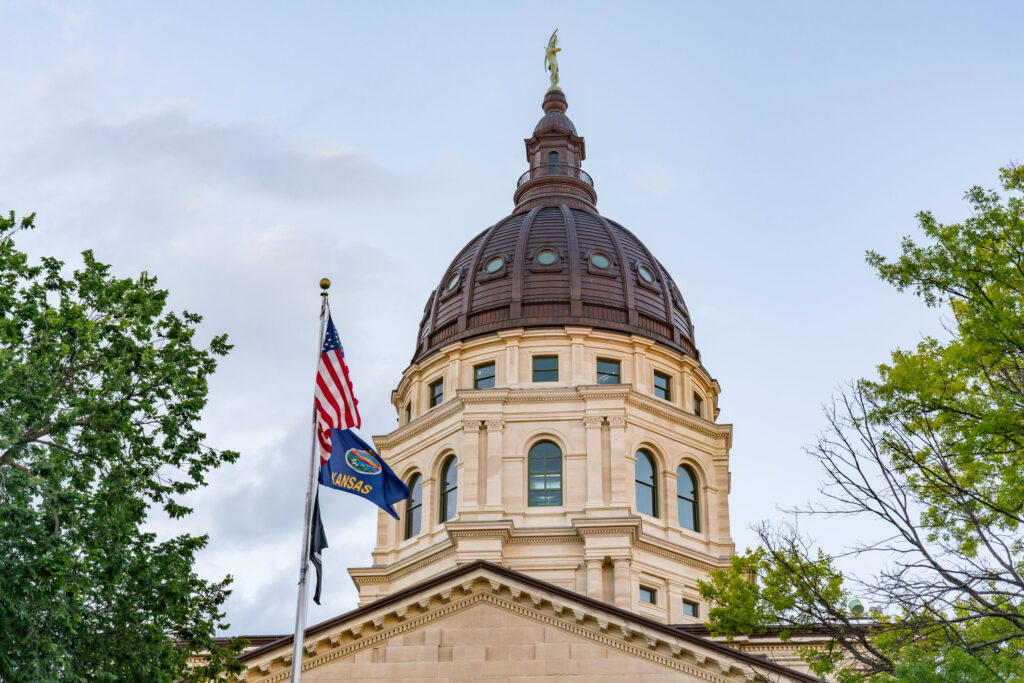In December 2021, the state of Kansas took in a total tax revenue of $890.3 million, which was 7.8% greater than the estimates for this month. This includes $293.5 million in sales taxes and $550.3 million in income taxes. The revenue collected for December of this year was 15.6% higher than what it was in the same month of last year. In total, the tax revenues thus far in FY 2022 are $4.29 billion – roughly 2.0% greater than the updated revenue predictions for FY 2022.
Kansas’ revenue increases over the past year mirrors similar conditions in other states across the country. This has led to large budget surpluses. Missouri currently holds more than $4 billion in unappropriated funds from the past calendar year from high revenue intake. Colorado also has $3.3 billion it can spend – not to mention $2.6 billion in COVID-19 relief funds too.
Consistently high revenue receipts over this past year are a sign of over-taxation. Kansas Governor Laura Kelly has proposed different ideas such as eliminating the food sales tax or giving a $250 rebate to every Kansas taxpayer to spend off the surplus. While these ideas sound good, Kansas can accomplish more than just election year handouts with its current surplus.
One idea is reducing marginal tax rates for individuals and businesses. New US Census results show that Kansas lost over 5,000 residents this past year through domestic migration while places like North Carolina, Utah, Arizona, and Texas, which have pursued a more competitive approach to taxation, have rapidly grown.
Rate reductions can initially be paid for with budget surpluses but spending must be brought under control for tax relief to be sustainable (as KPI proposed during the Brownback tax cut years). Gov. Kelly’s proposal, at least as discussed so far, does nothing to control spending long-term nor does it constrain long-term excess tax collections. She should work to trim spending to provide long-term relief.
Another idea is to modernize Kansas’ rainy day fund so that if future revenues consistently fall below estimates, the state can pull from the fund to avoid service cuts. Since 2016 Kansas has had one of these statutory funds, however, is ranked dead last in the country in Rainy Day Fund health according to the Tax Foundation because it doesn’t contain any money. This fund should be specifically set aside for accounting for deficits and no other purposes – this prevents it from being used as another tool for discretionary spending versus as a tool of last resort.
As the Kansas legislature begins the 2022 session next week, legislators should avoid the temptation of more spending and find ways to return the government’s surplus to the taxpayers – or, find ways to create a more stable budget in the future.





